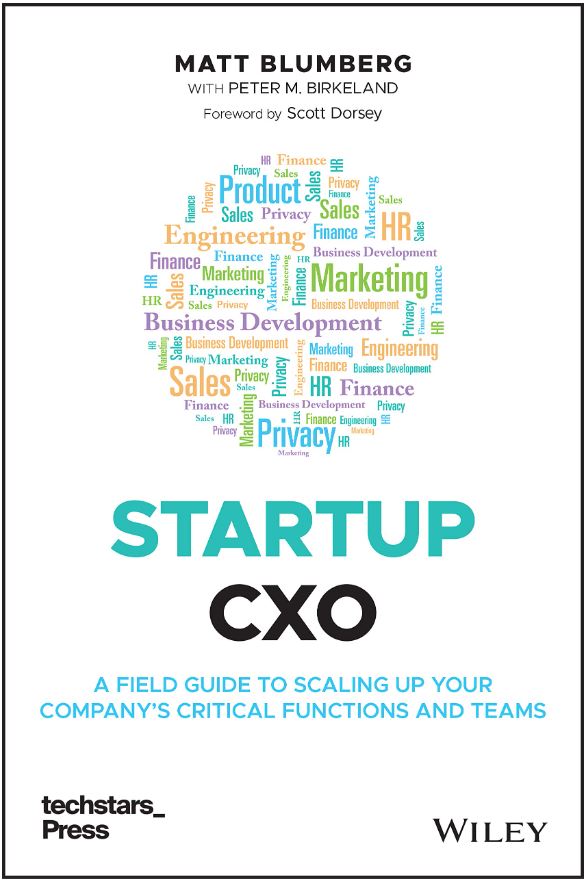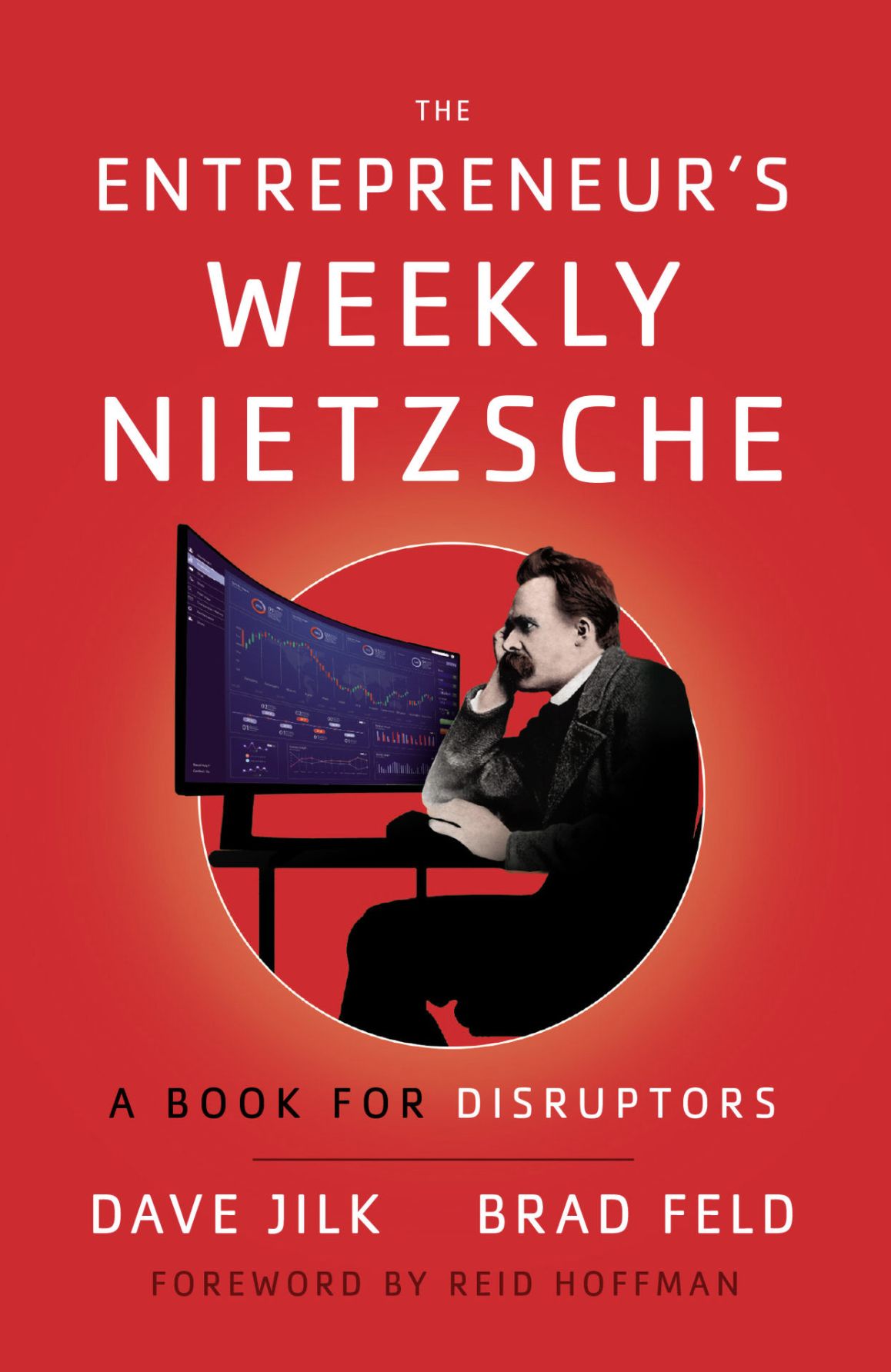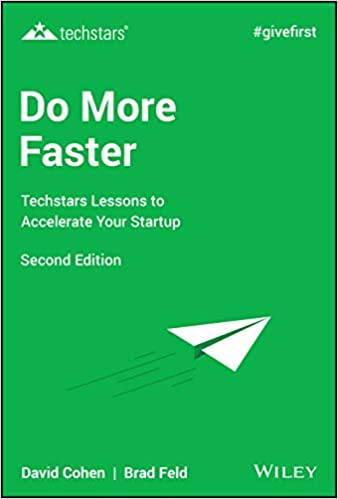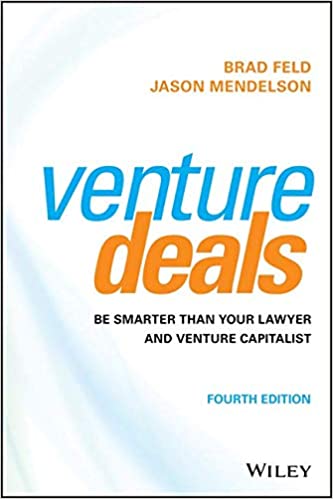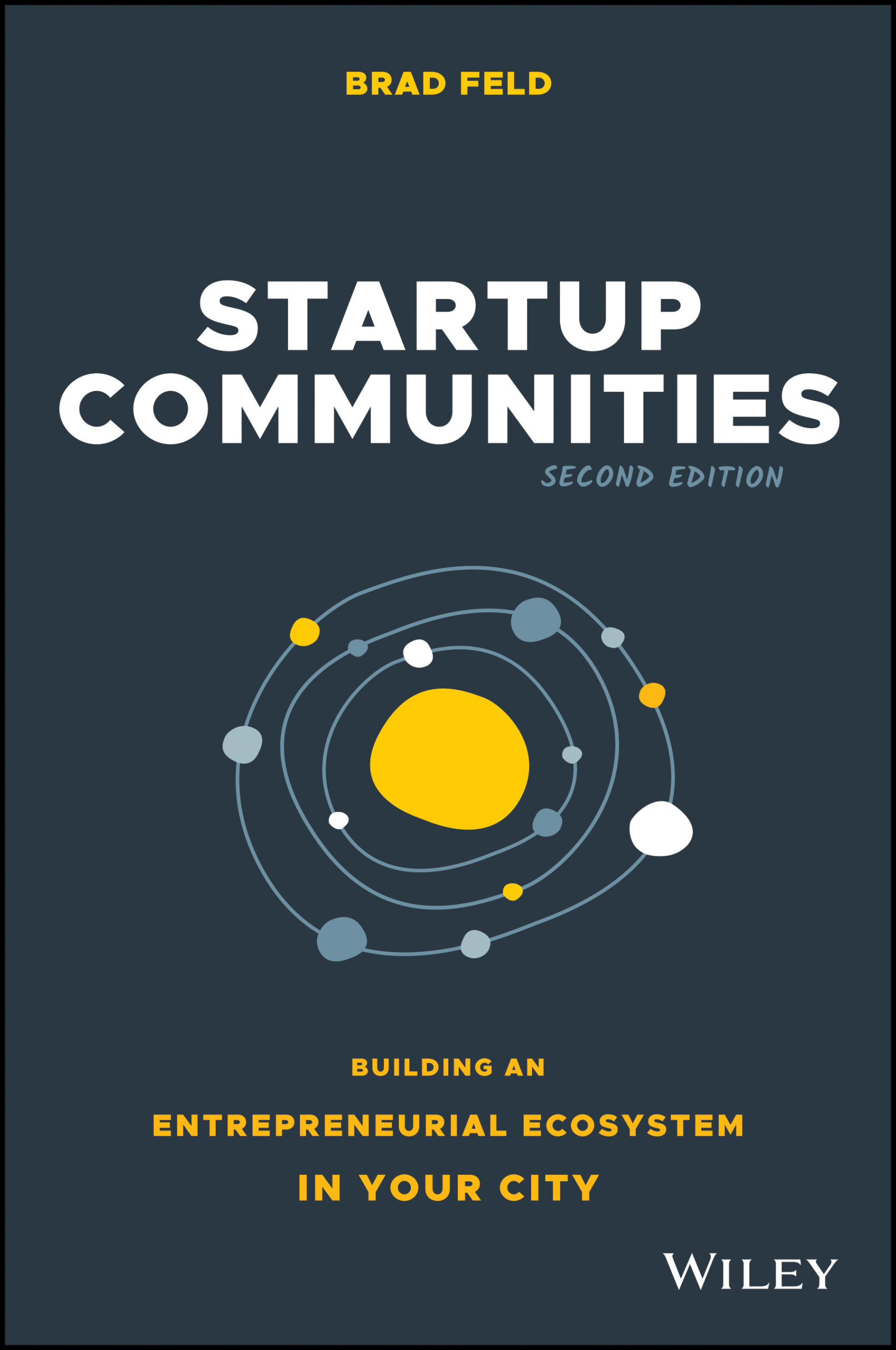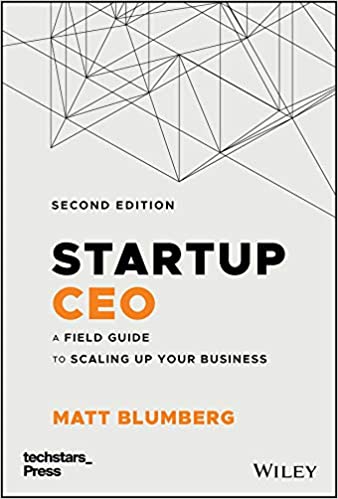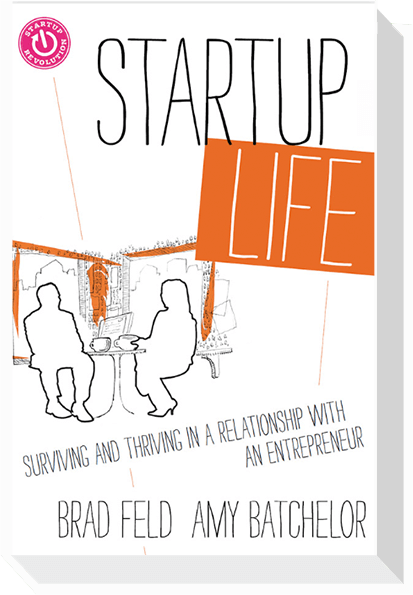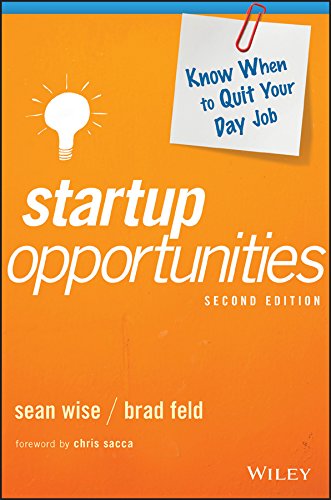The Community Founder Stack – Or Why Density Is Only Part of The Equation
A few years ago, Brad Feld outlined in a blog post the notion of density as a primary factor in the maturity of a startup community. His observation was that when visiting Boston, he ended up never leaving Cambridge and that in turn meant that Cambridge was a great place to do everything startup. Though a specific ratio was never outlined, the idea is that there is a flywheel effect that comes from having a robust amount of the startup tribe (as compared with the general professional population) in a specific geographic area (building or neighborhood).
Think of this as the watercooler effect for a city.
A few weeks after that post, I was meeting with Adam Klein (one of my Raleigh/Durham community leader friends) and I brought up Brad’s post and the implications for our work in trying to build our startup community. From that meeting, Adam and I set a goal of 200+ net new entrepreneurs in our downtown location.
Underlying Brad’s notion of density is the idea of what I call the Aspirational Founder Stack. I believe that every founder at whatever part of the journey they are on, derives comfort and knowledge from the founder/company that is operating at the next higher level.
So, if you are just starting something and you are a one-man band, you look at the group with 3-5 people and aspirationally long for a future when you are that big. When you are the 3-5 person company, you imagine a day that you have raised more than $1M and have 10-15 employees. You get the idea.
Great community density comes when all of the actors in the stack are easily visible and accessible to the others actors in the stack.
We all agree that this is more of a team game than a solo sport and to that end, we gain a level of psychological comfort and even inspiration from seeing someone just like you achieve what you are trying to achieve.
As community leaders, it is really important to create/facilitate as much founder density as possible. Yes, bring in as many first-time or seed-stage founders, but also recruit as many of the more mature companies to the same building or neighborhood.
That aspirational founder stack around the same daily watercooler will create an energy that will in time organically recruit others founders, investors, and community supporters.

